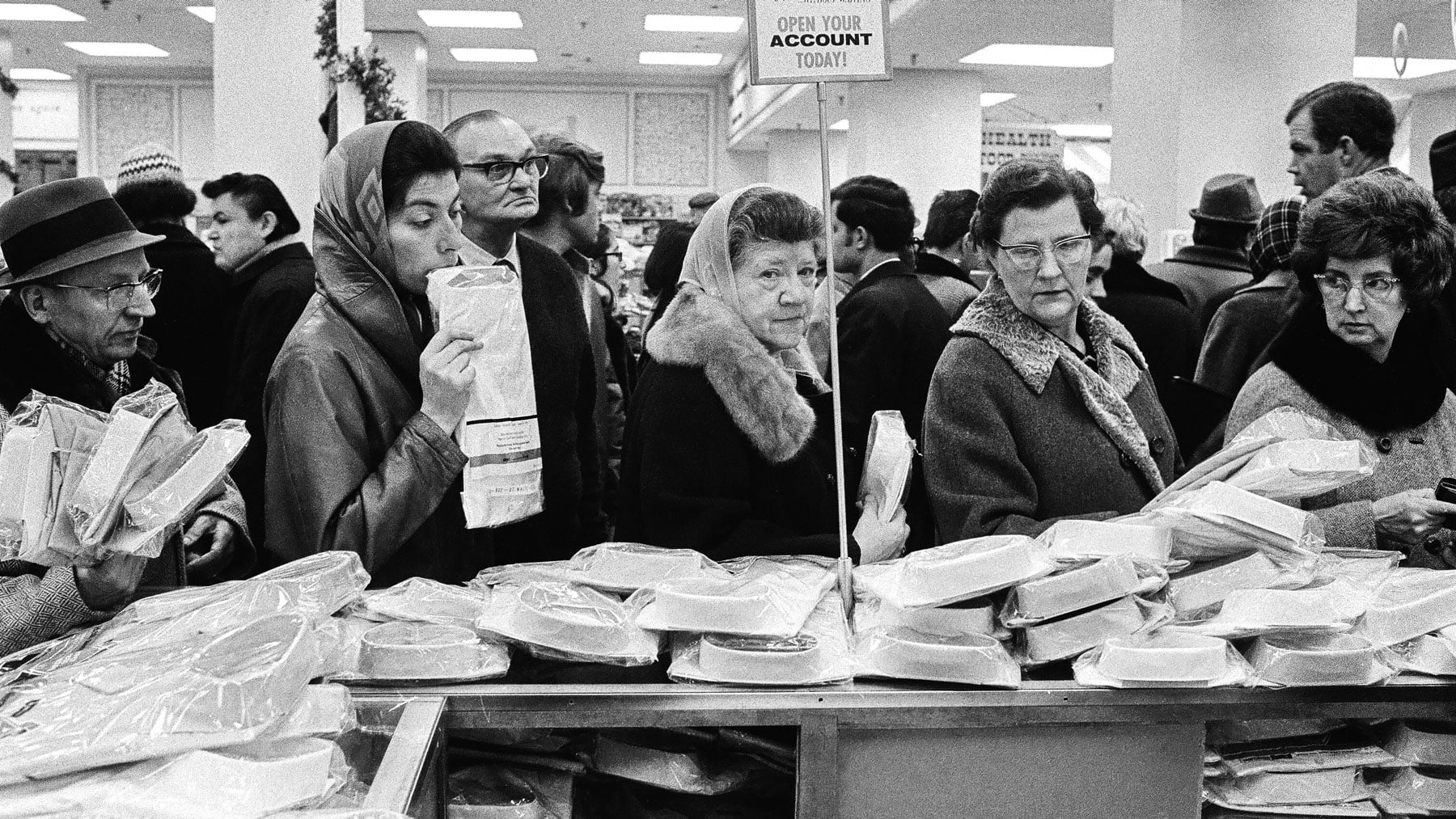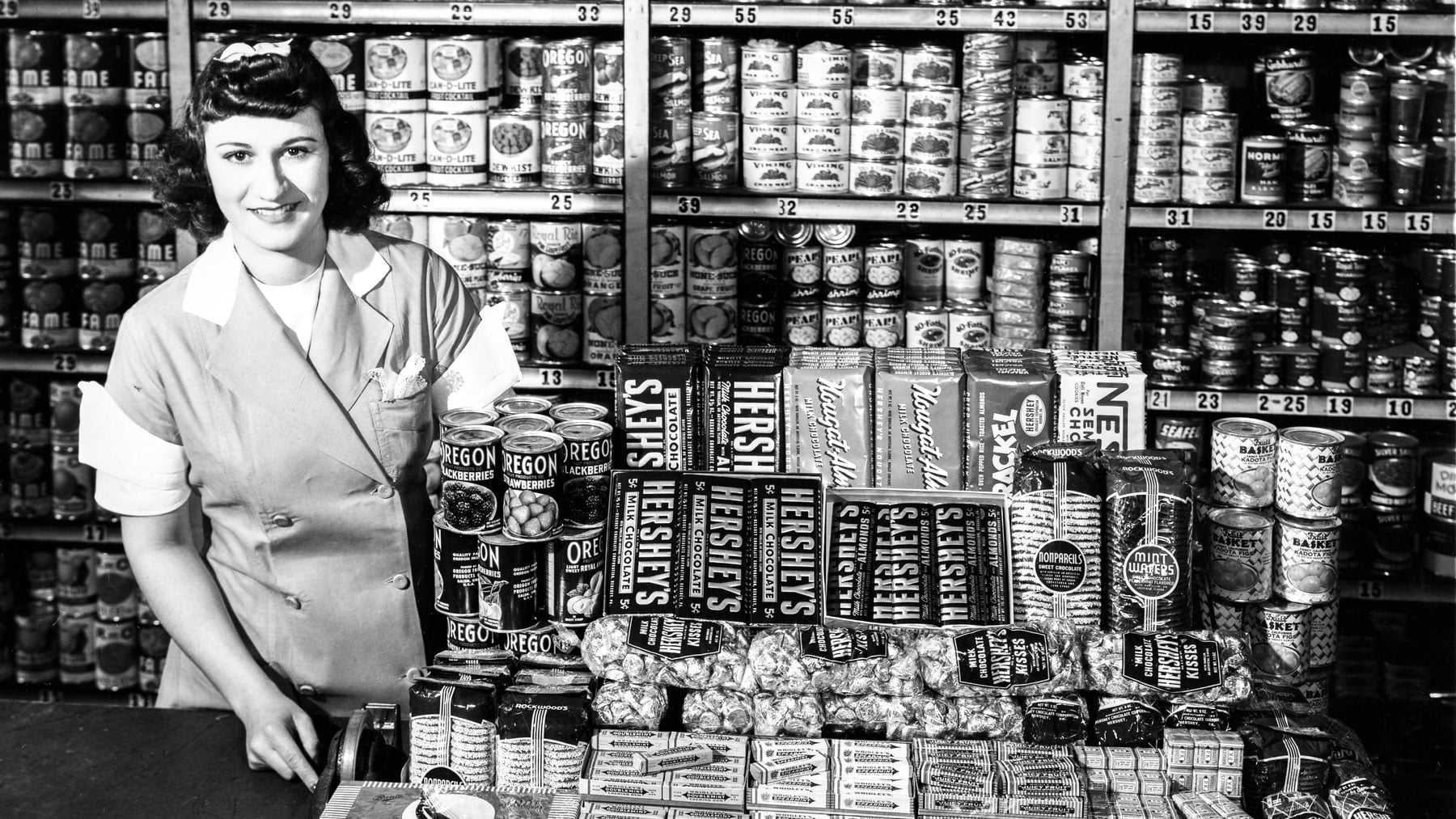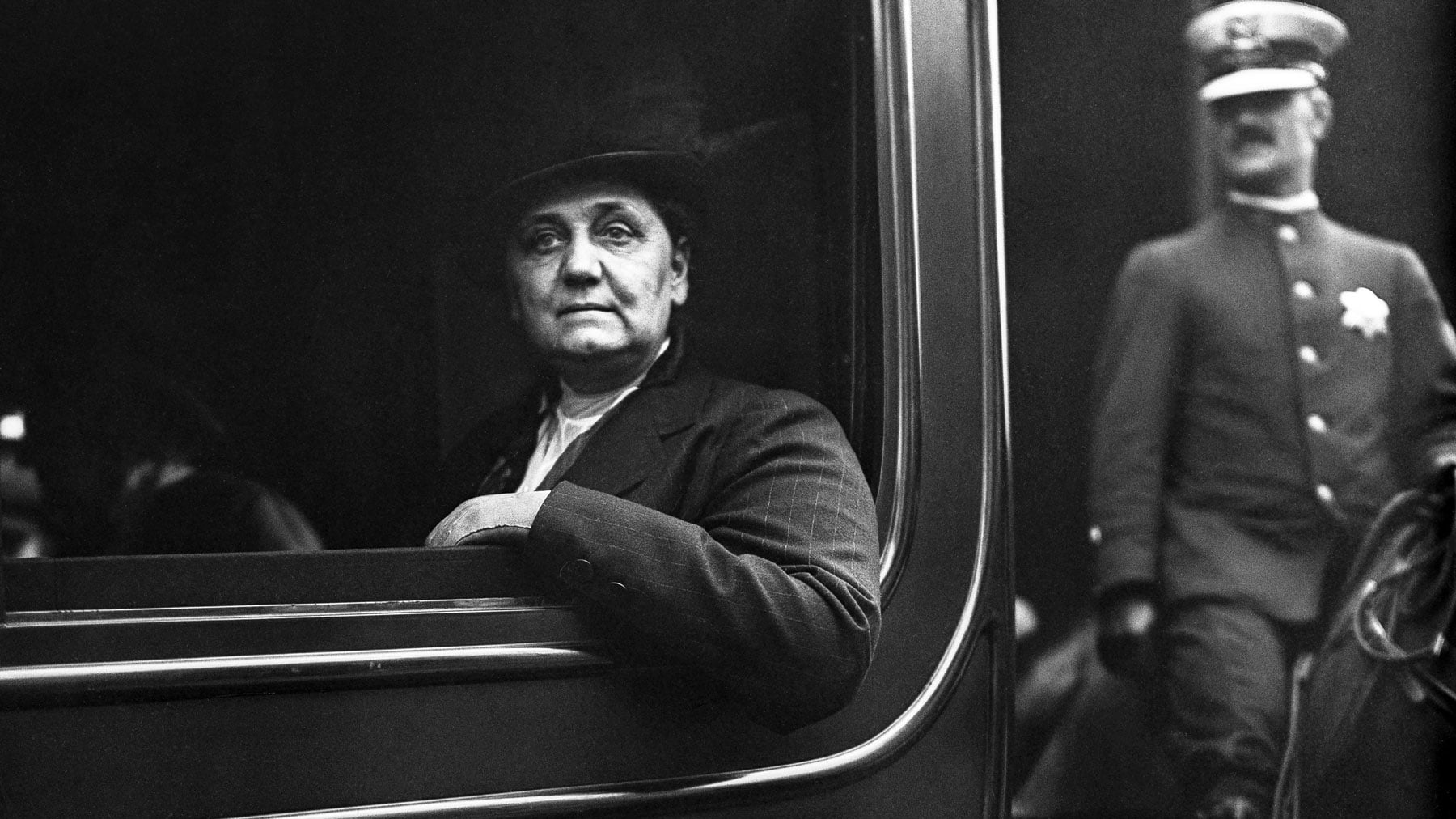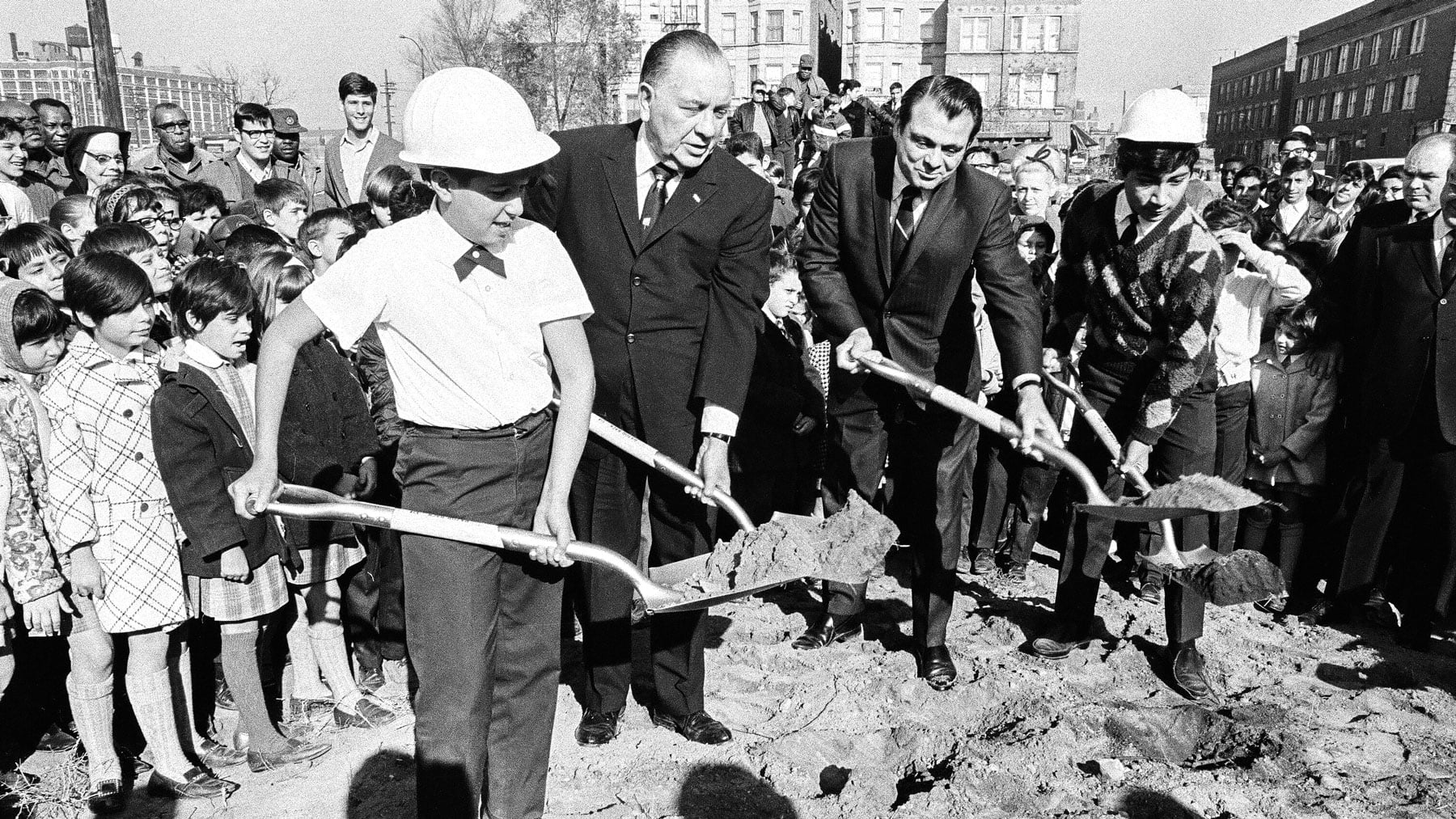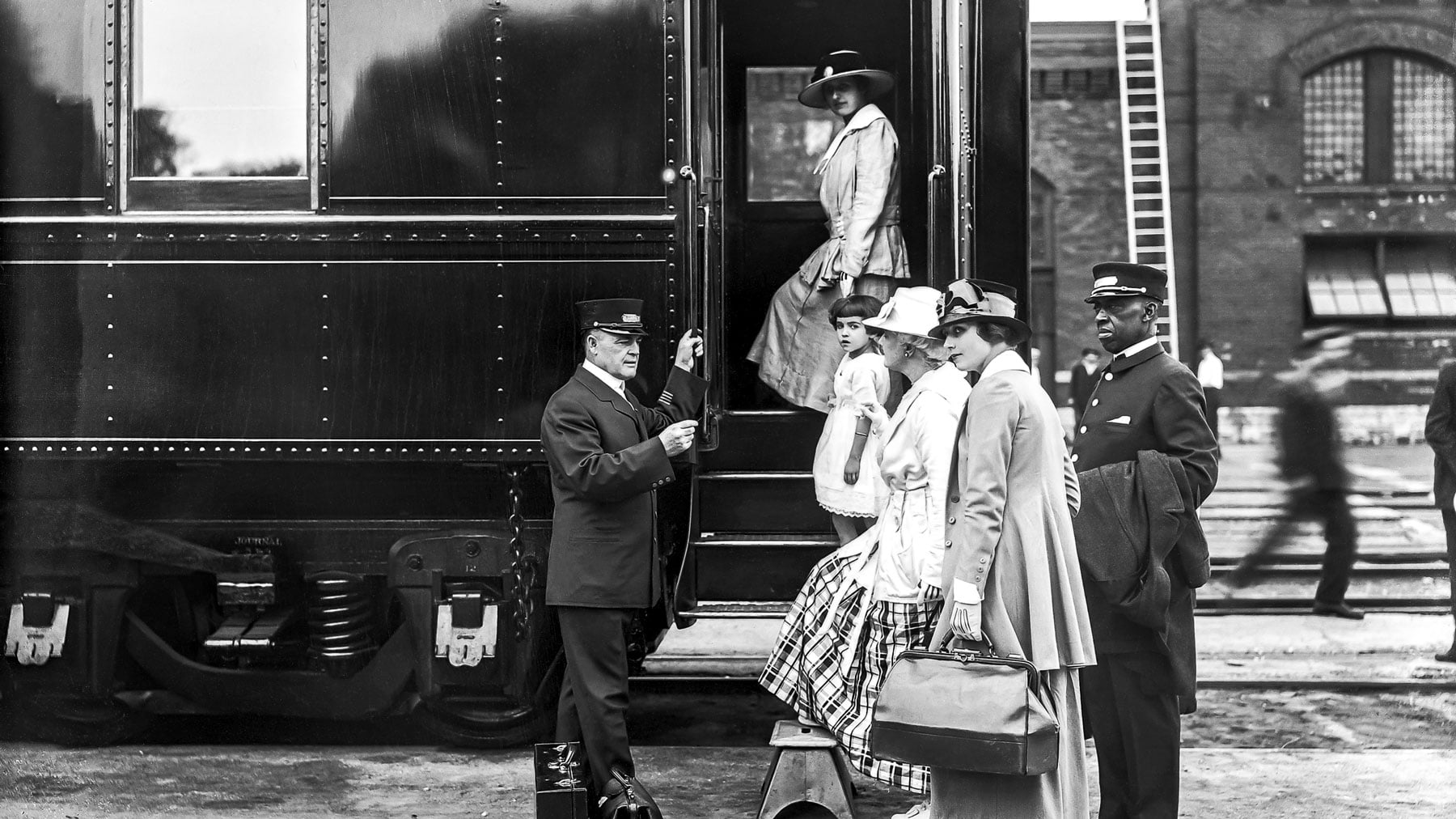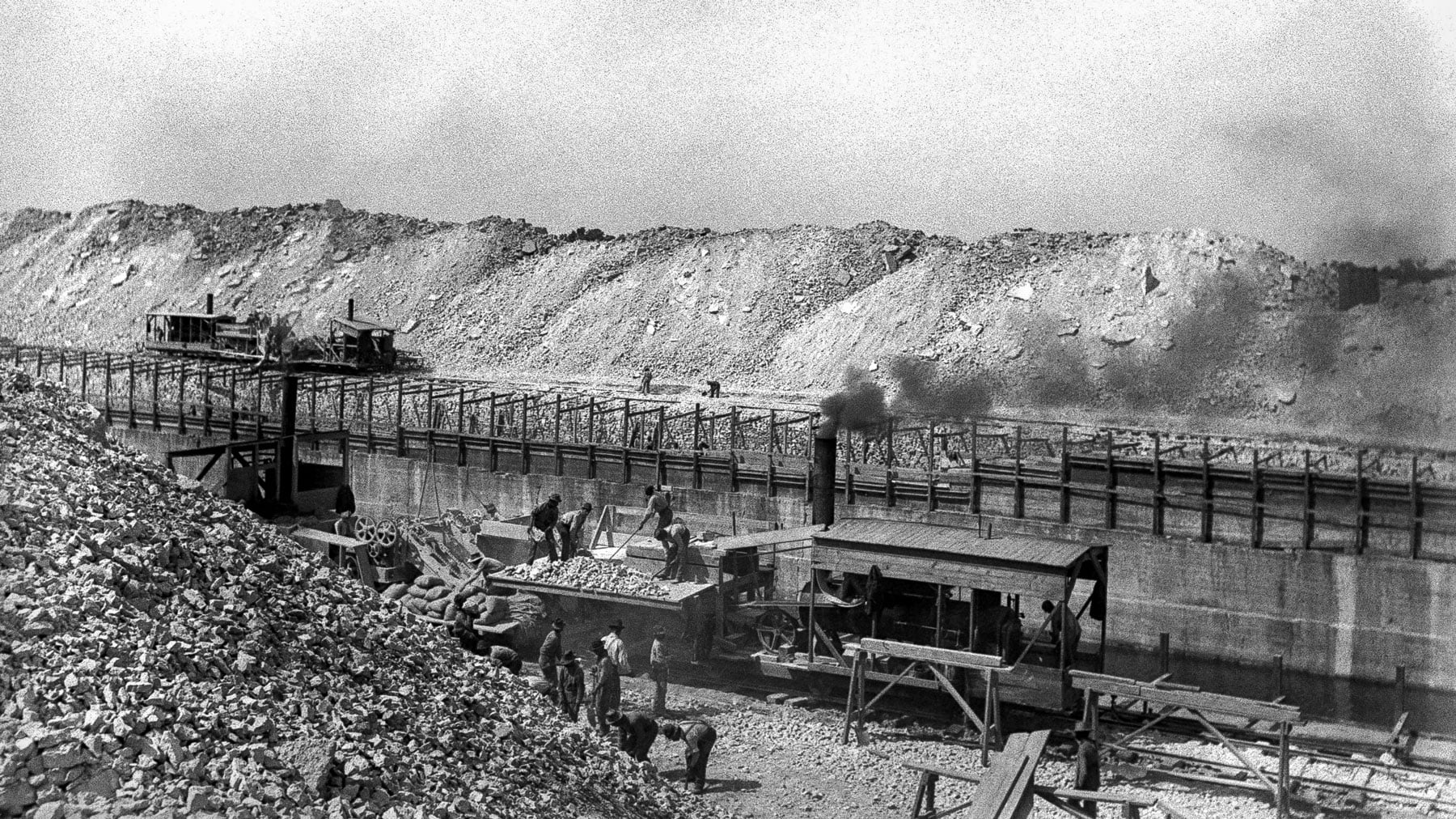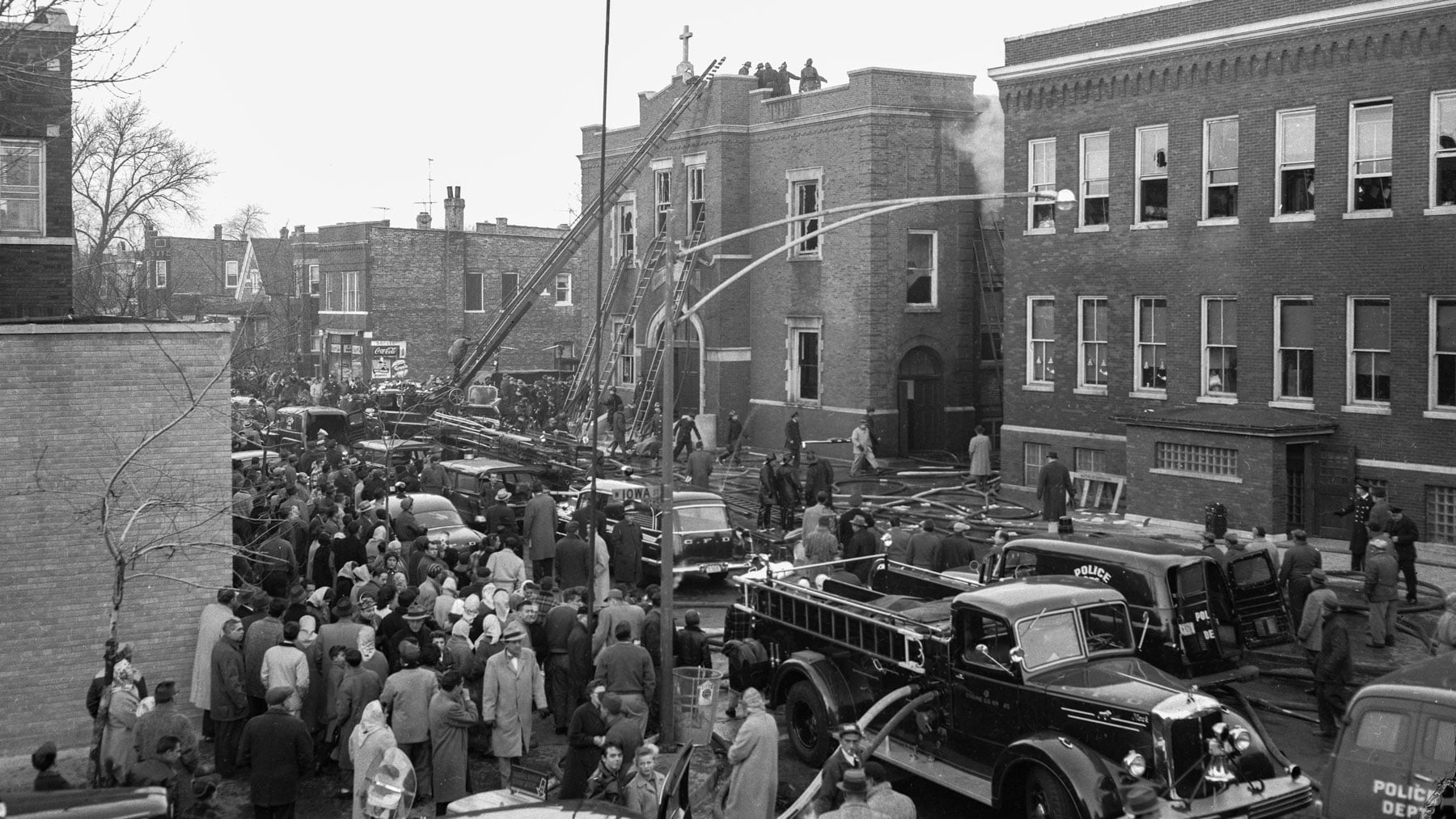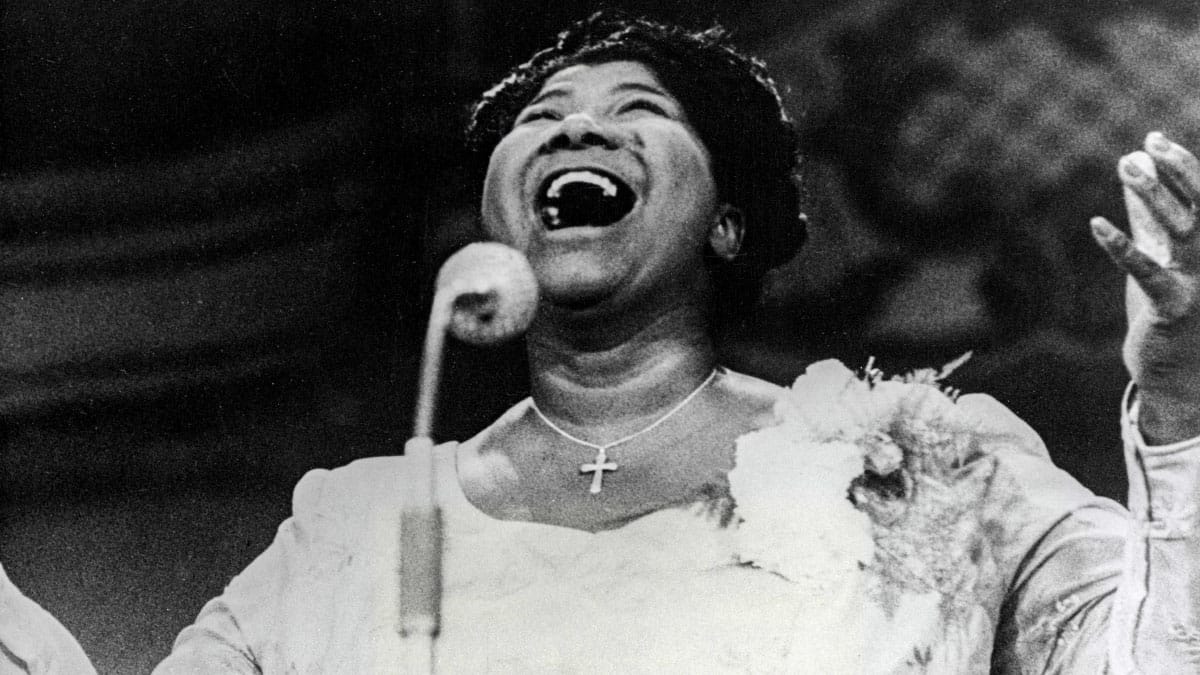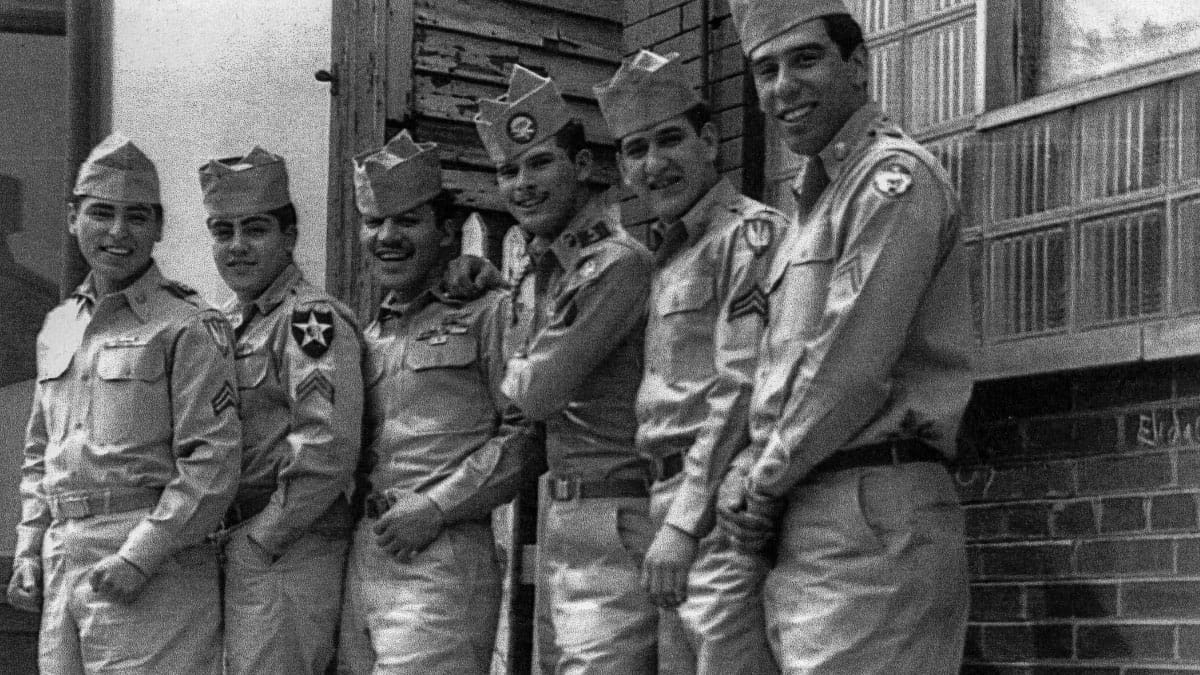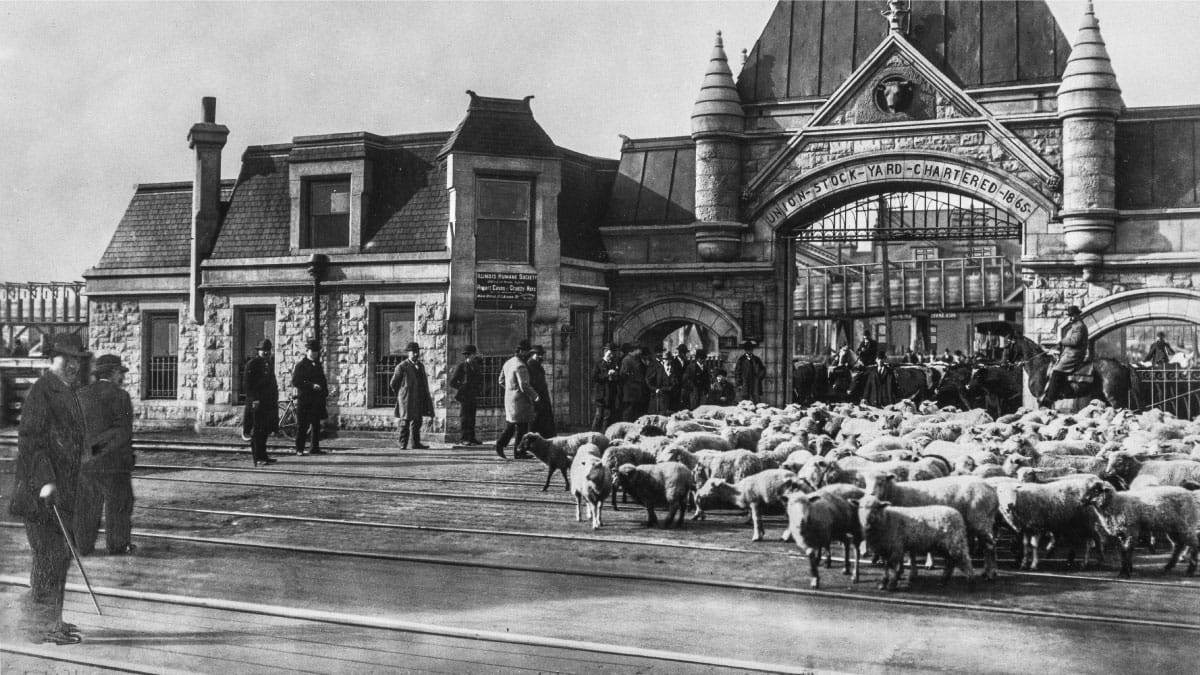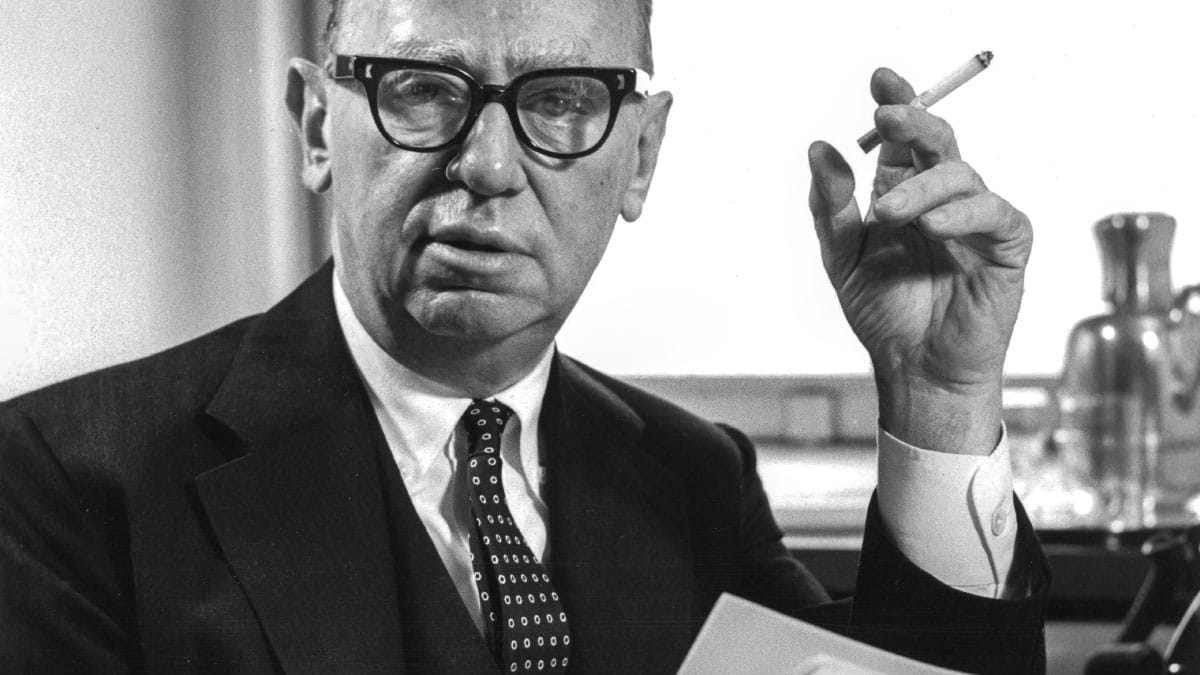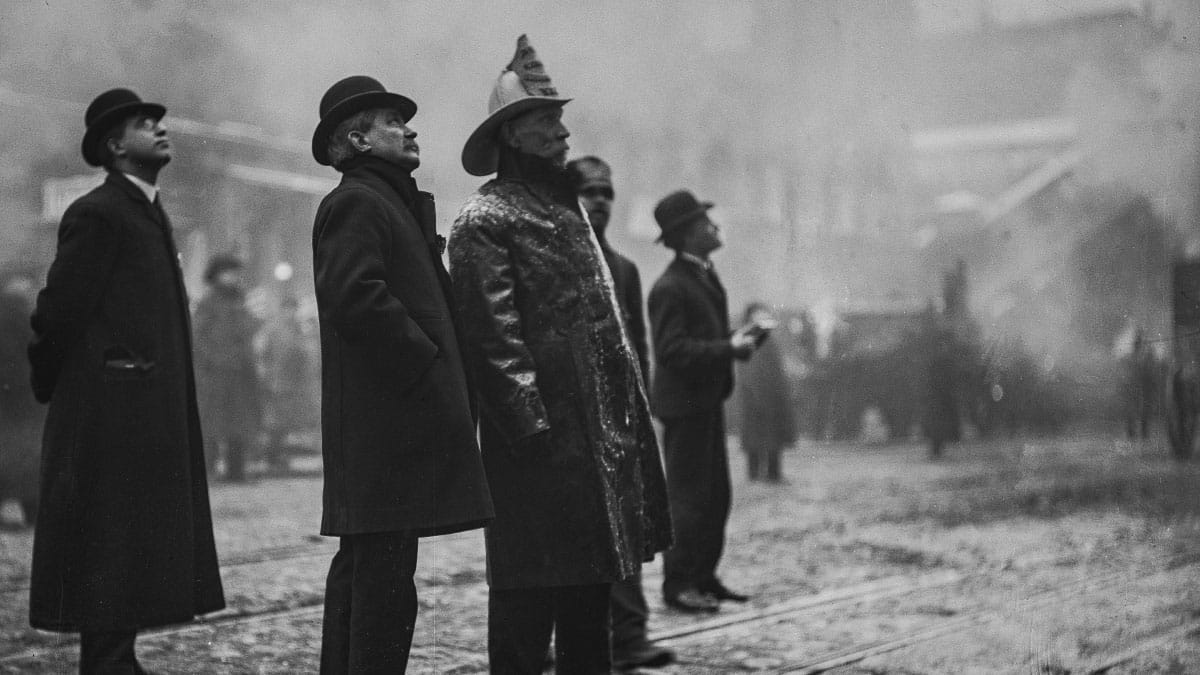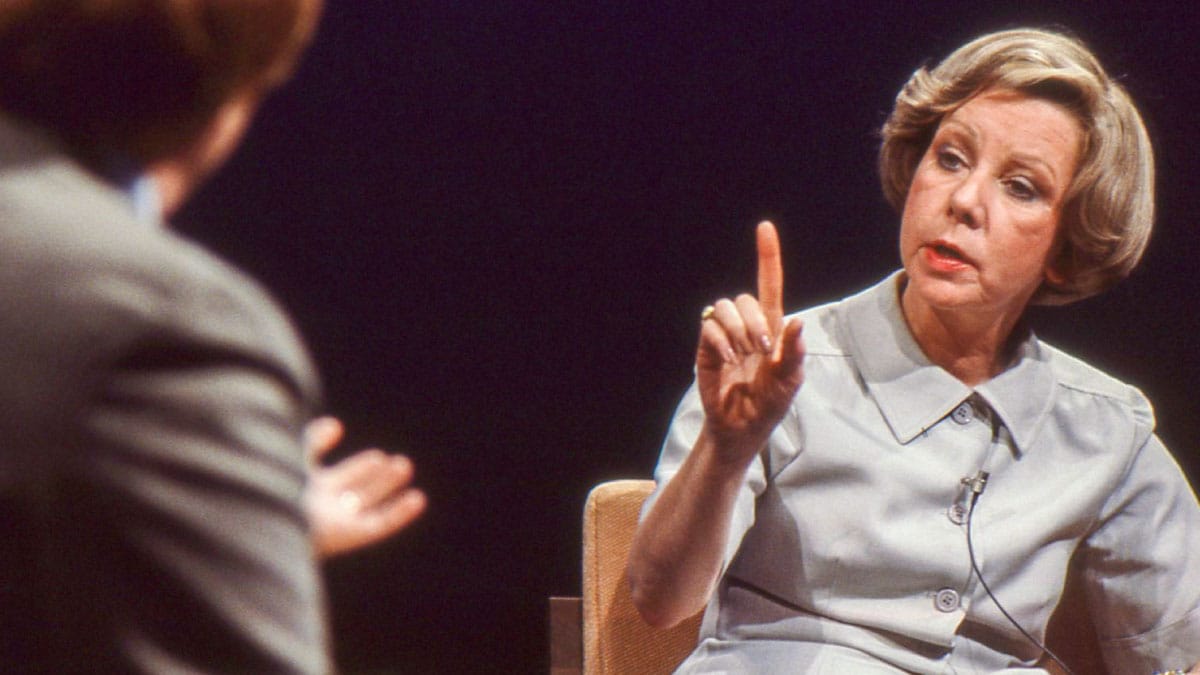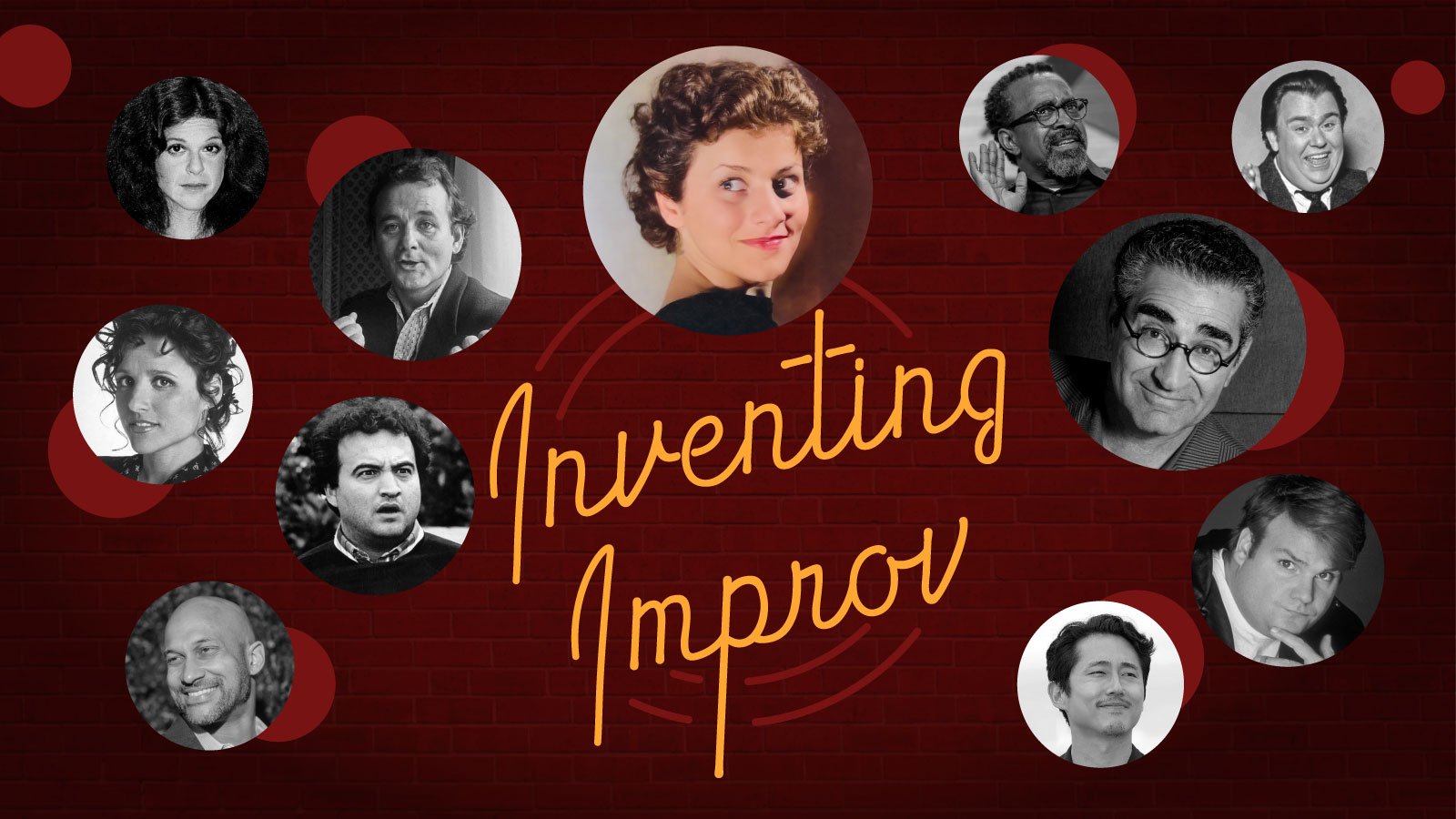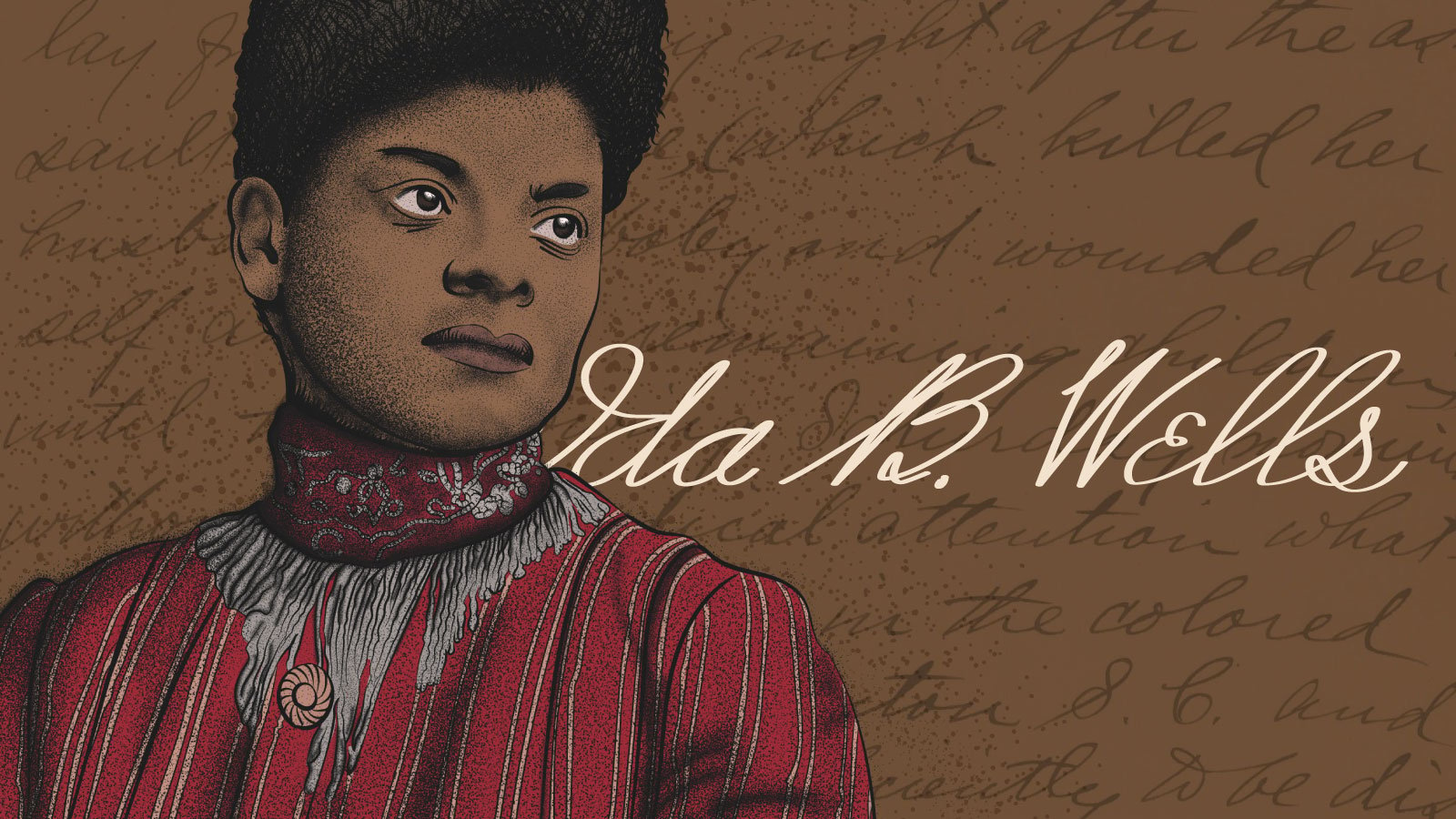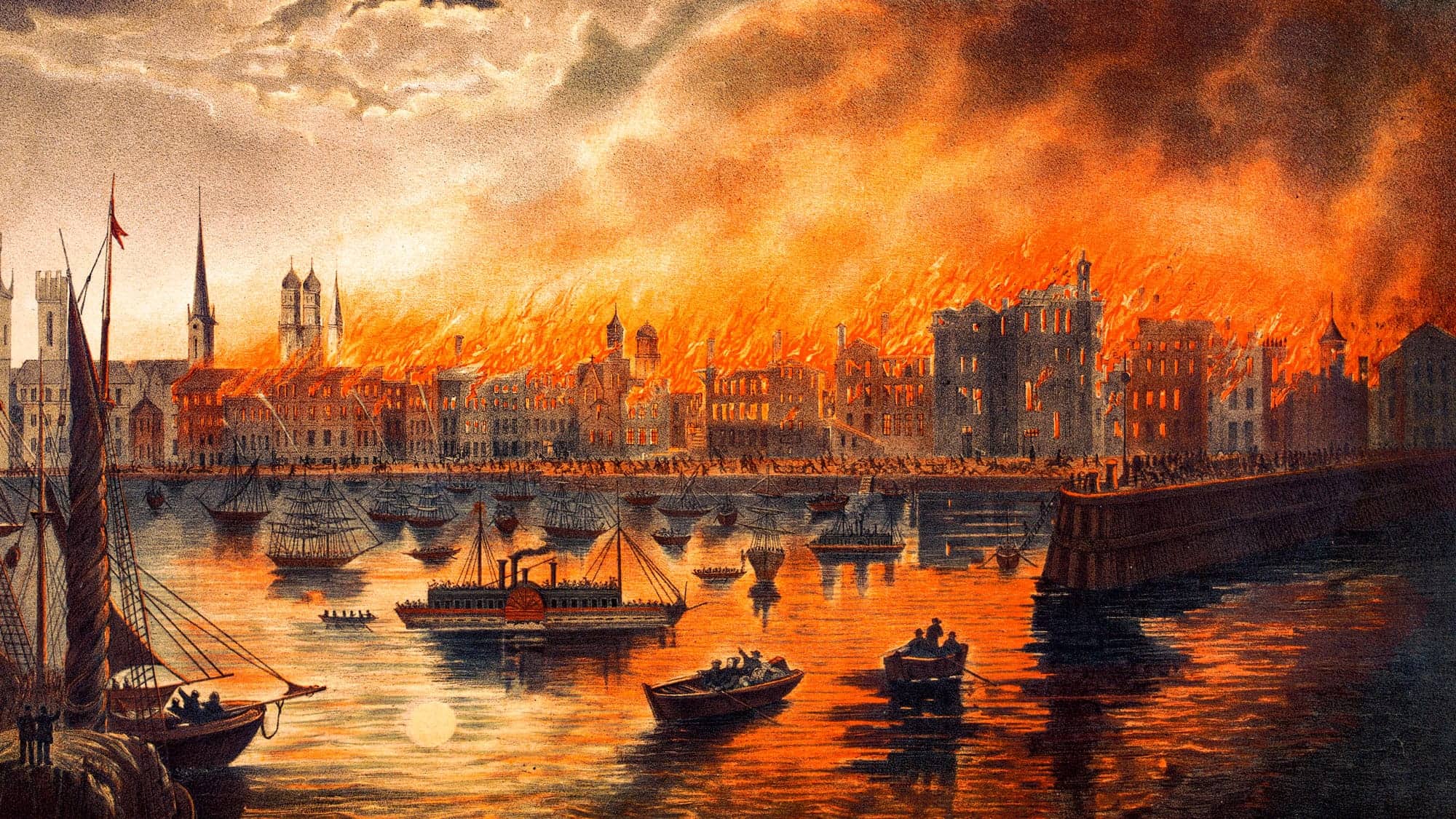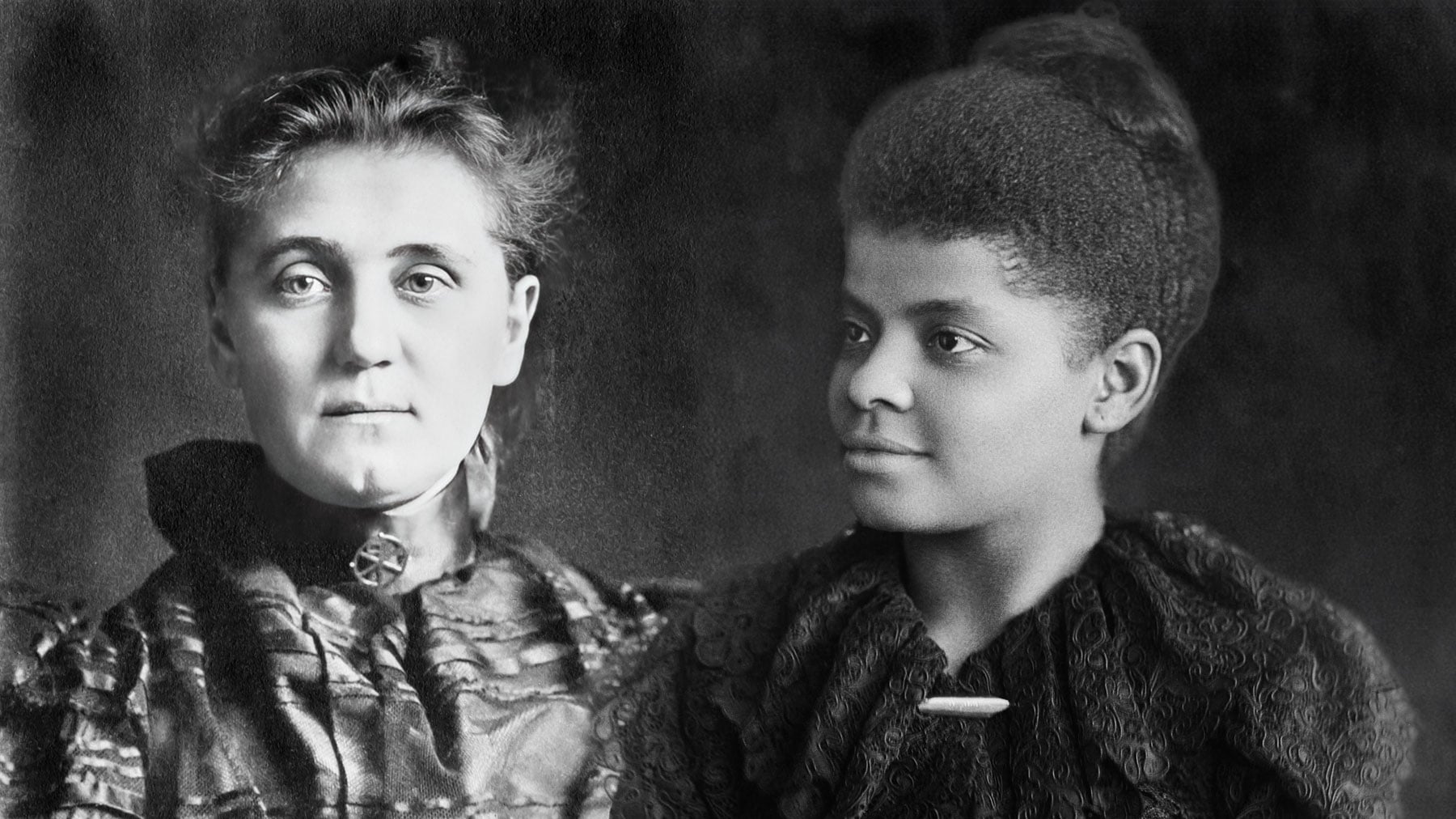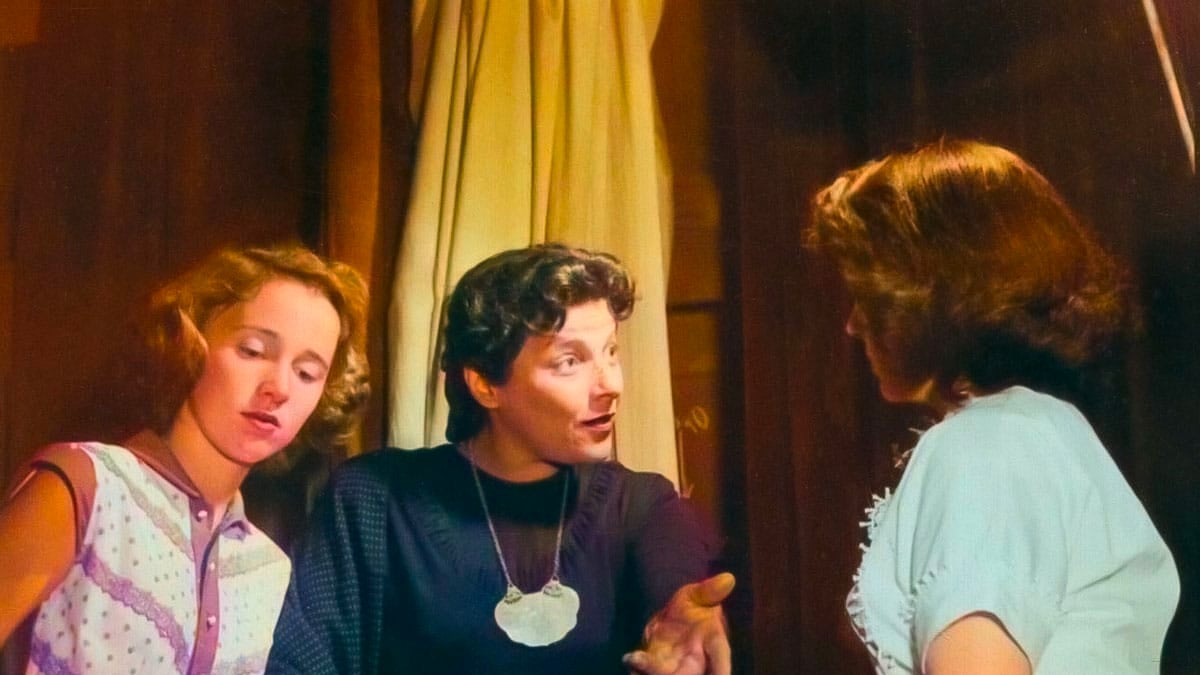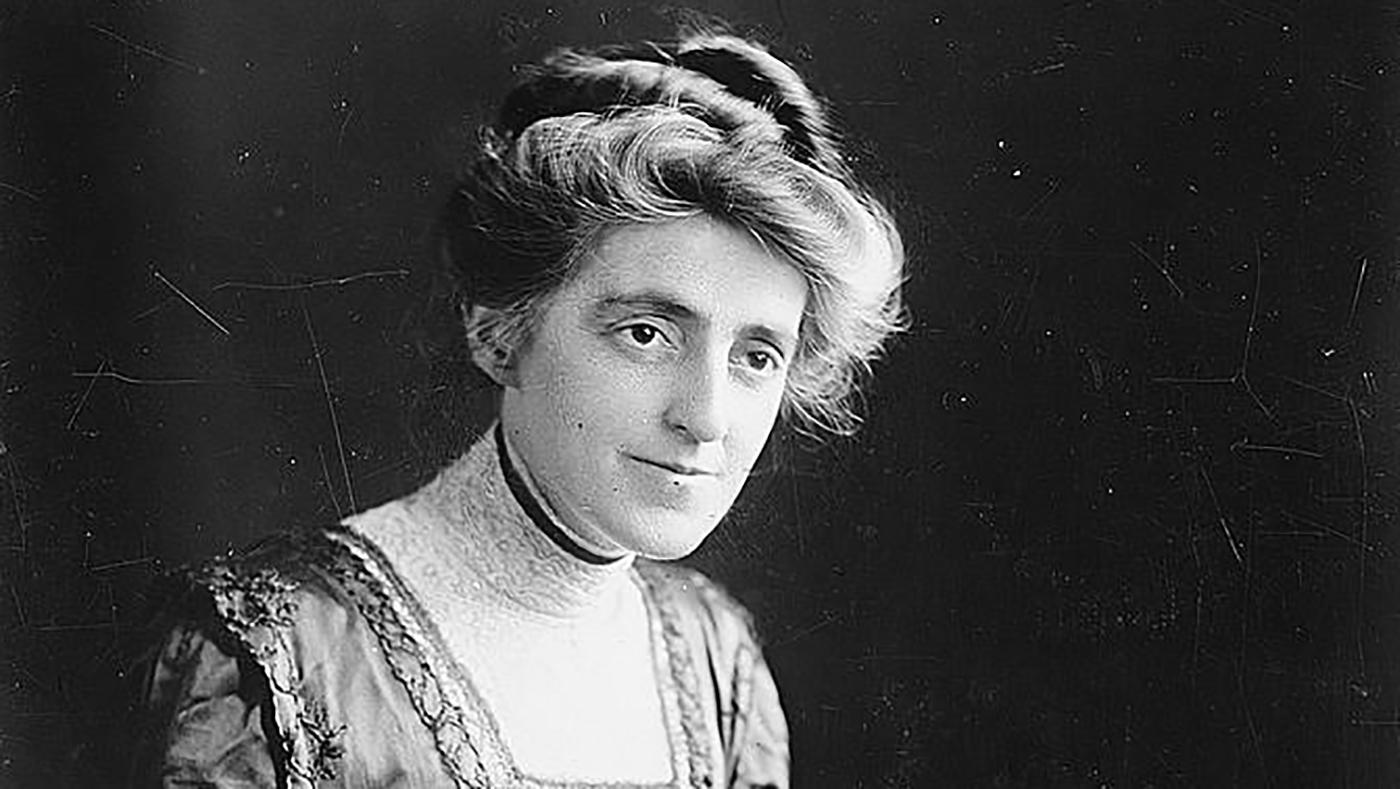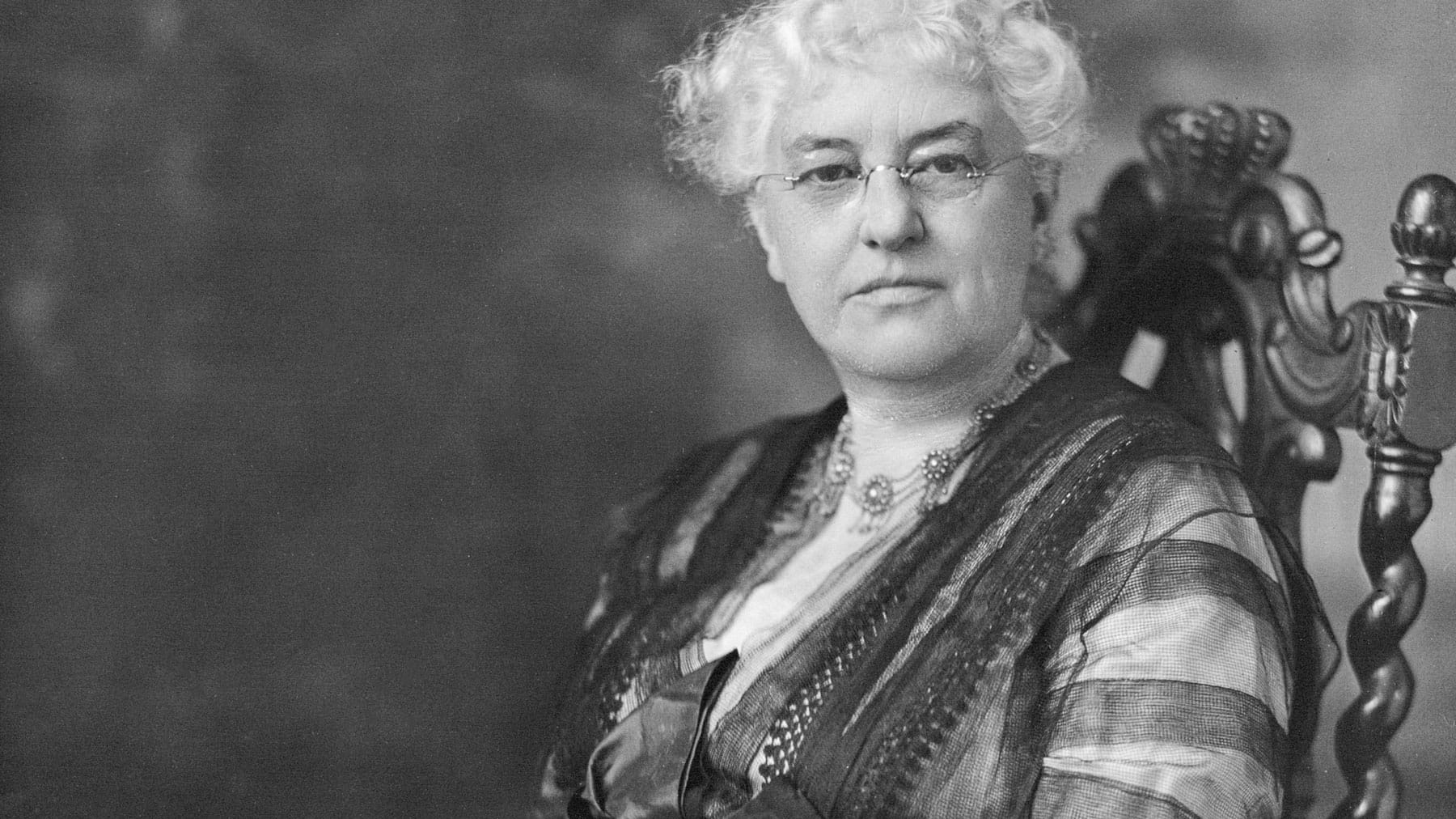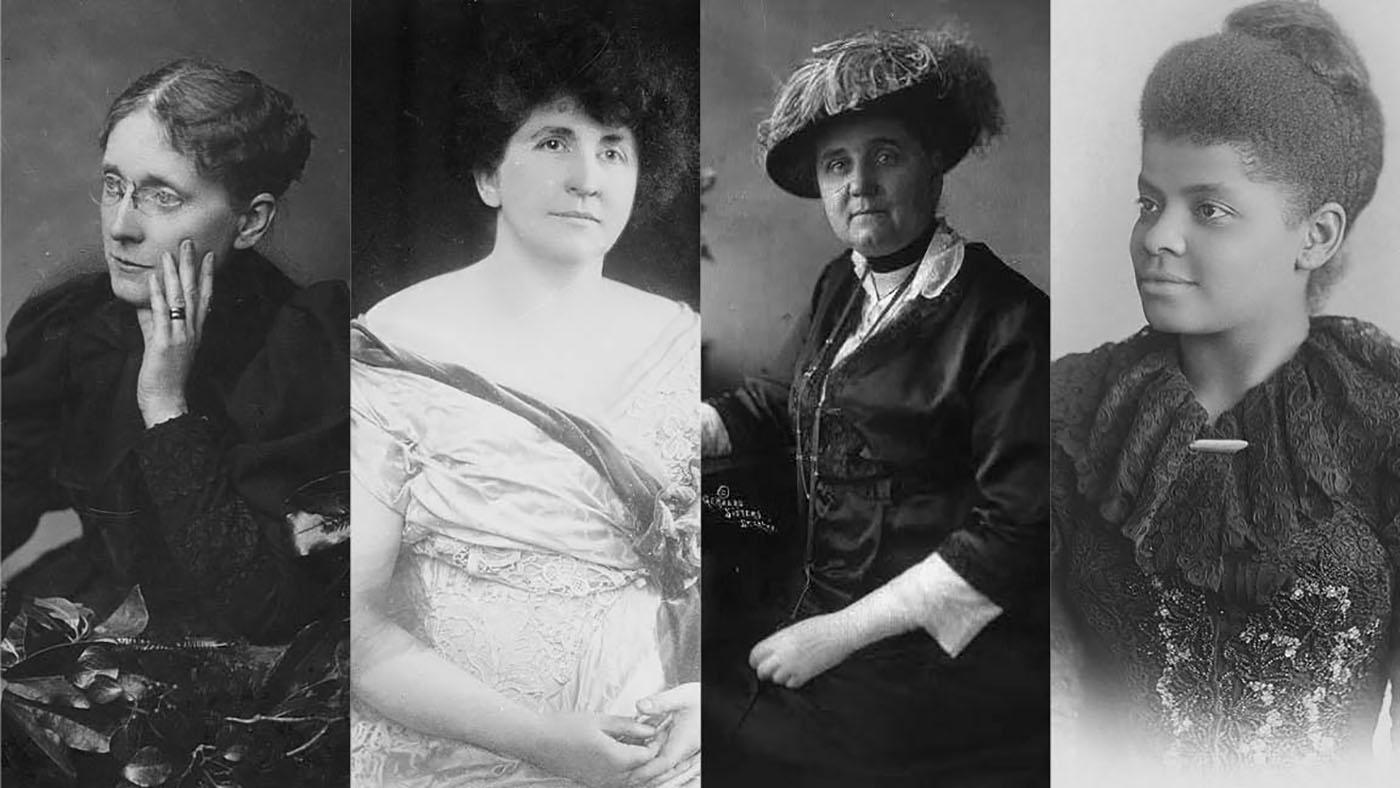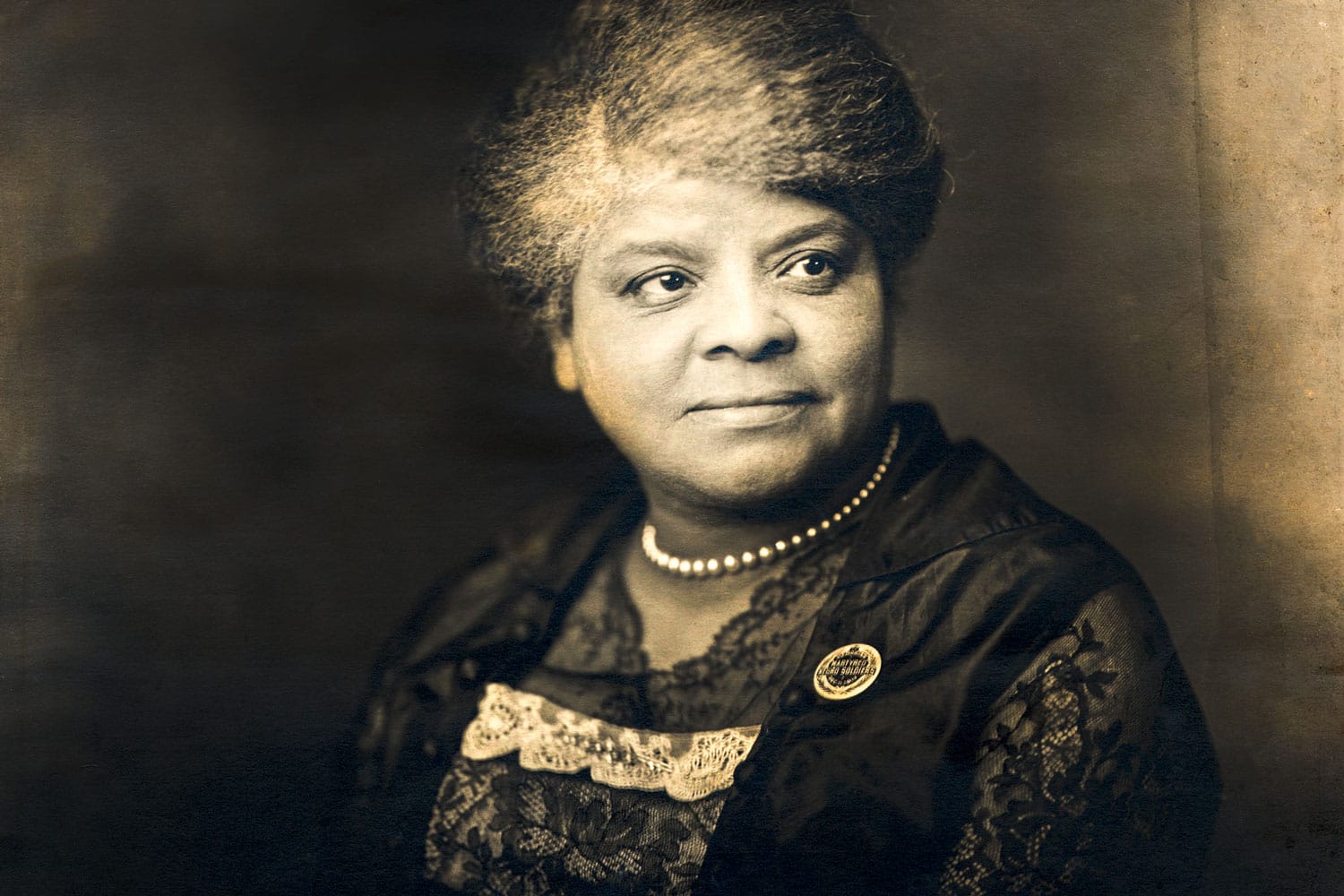Jane Addams, co-founder of Hull House, pictured in 1915 Image: DN-0064813, Chicago Daily News collection, Chicago History Museum
In the late nineteenth century, many immigrants came to Chicago in search of jobs in the city’s booming industries. They found work in the garment factories, at the Union Stockyards, or in other industries where the hours were long and the wages were meager. As more and more immigrants from Ireland, Italy, Germany, Bohemia, Russia, Poland, and other European countries arrived, some of the city’s neighborhoods became overcrowded. People often lacked running water, stepping over human and animal waste in the streets to get to and from their often arduous, sometimes dangerous jobs.
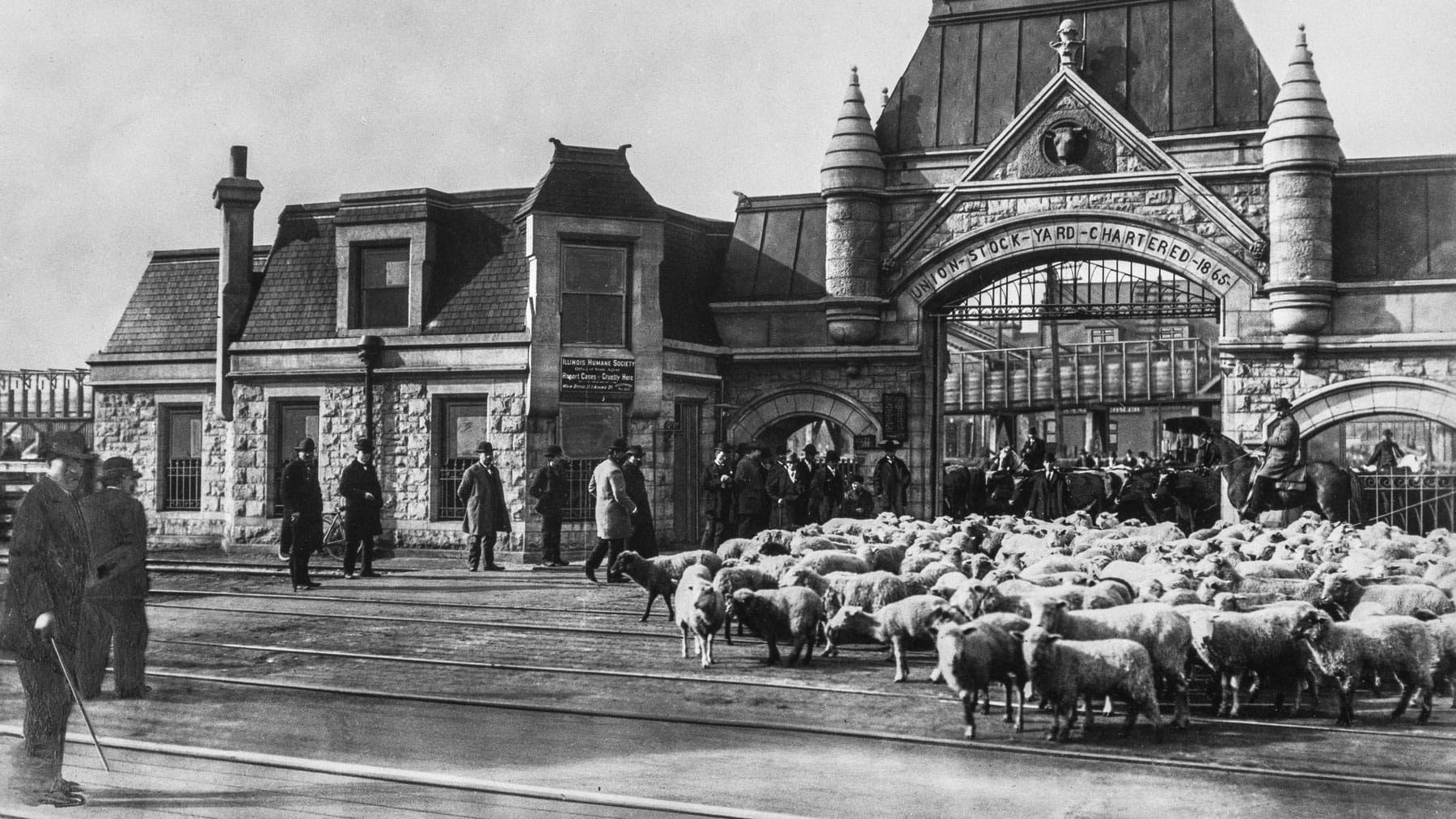
Chicago Stories: The Union Stockyards
At the end of the 19th century, Chicago completely transformed the way Americans eat, and the Union Stockyards on the South Side were the center of that revolution. Experience the sights, sounds, and awful smells of the Union Stockyards and the complex of meat factories next to it, known as Packingtown.
Go deeperBut one group of women sought to change all that. In 1888, a young woman named Jane Addams visited Toynbee House, an early settlement house in London. What she saw inspired her. A year later, at the intersection of several immigrant neighborhoods on Halsted Street, Addams and her friend Ellen Gates Starr would open their own settlement house. Settlement houses served as social and cultural centers for poor communities. Their residents were often educated, middle- or upper-class people who immersed themselves in the community. The four women below are just a few of the many women who… Read more

